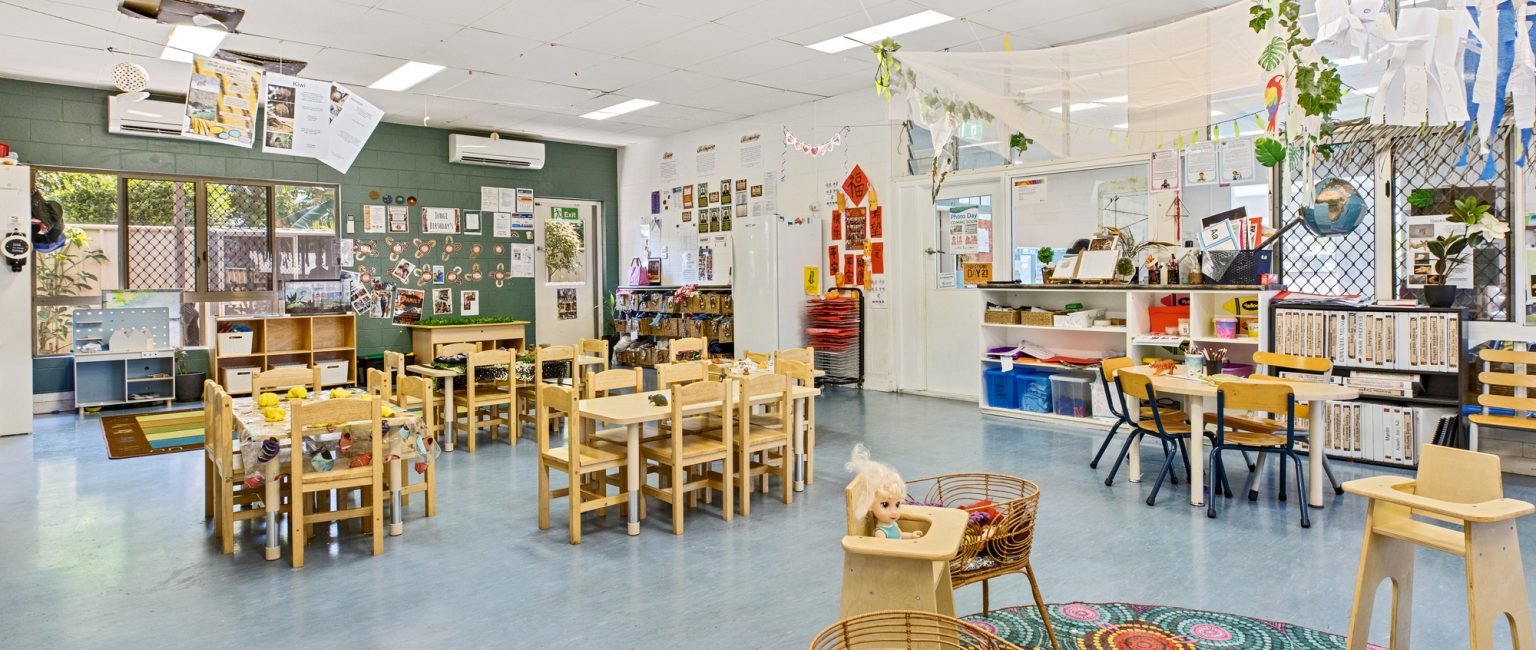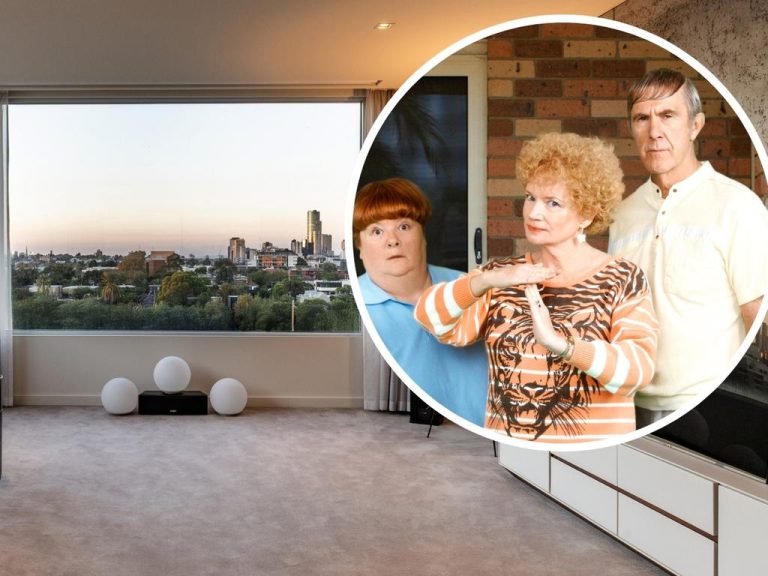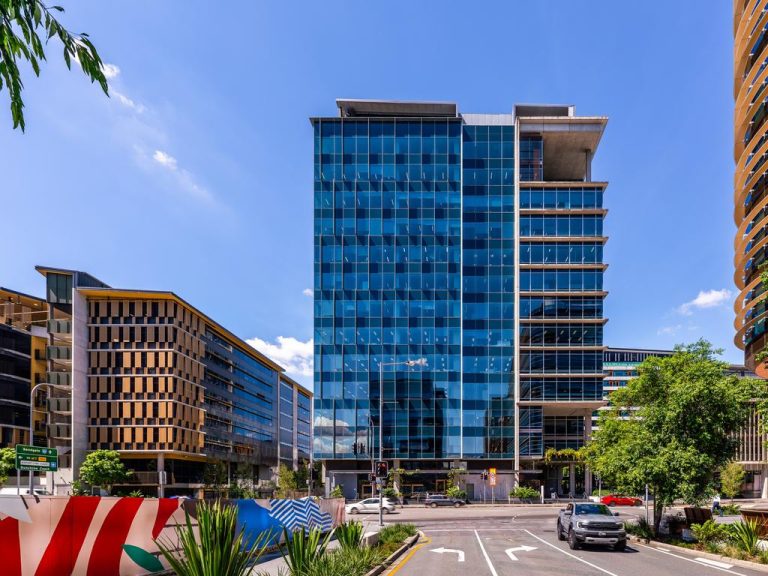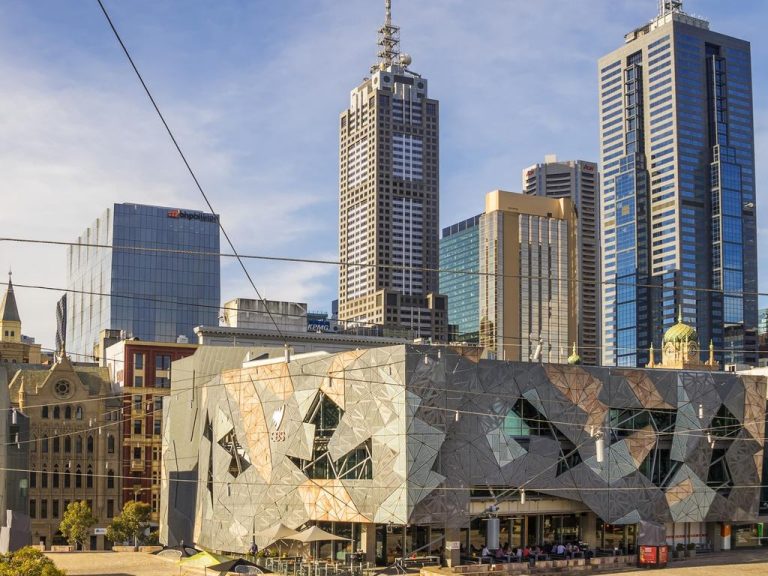Property sector welcomes childcare investment as good news for business

A joint commitment by the Victorian and NSW governments to transform early childhood education over the next decade has been labelled a game changer for property investors.
According to a report by CBRE, Australia’s childcare service sector is set to record $13.8 billion in revenue for 2021-22, up 17% compared to the figure recorded in 2017, with the upwards trend to continue on the back of these new reforms.
The Victorian and NSW governments have announced plans to introduce an extra year of early education in both states, with the programs set to benefit not only families but commercial investors.
CBRE director Sandro Peluso said childcare had become an appealing option for investors chasing long-term capital growth.
“In the first quarter of 2022 alone, we have leased over 10 centres with a further seven leasing campaigns still to hit the market,” Mr Peluso said.
“It is clear that there is strong appetite for well-selected and designed centres and this demand is reaching record levels.
“Childcare centres have become the new bank, avoiding disruption to external forces and market conditions to a point, and are heavily subsidised by the commonwealth and feature long leases with built-in increases.”
Victoria and NSW introduce extra year of early education
Last week Victorian Premier Daniel Andrews and his NSW counterpart Dominic Perrottet unveiled plans to introduce an extra year of early education as part of major reforms in both states.
Tuesday’s NSW budget included funding to roll out “pre-kindergarten” from 2030 as part of a more than $5.8 bilion commitment over the next 10 years, with pilot and trial programs to begin in 2023.
Victoria is targeting a 2025 start date, with the new year of schooling to be known as “pre-prep” and run for 30 hours a week.
The scheme is part of the Victorian government’s $9 billion investment into early childhood education over the next decade and will include the establishment of 50 new childcare centres across metro and regional areas where infrastructure is lacking.

The Victorian state government will create 50 new childcare centres as part of the push to make childcare available to all families. Picture: realcommercial.com.au/for-sale
New centres will also be established in NSW.
Burgess Rawson healthcare and childcare specialist Natalie Couper said the proposal would be closely monitored by young families and investors alike.
“I think this announcement further highlights the importance childcare plays in our economy, something which was certainly seen during COVID with childcare being one of the first sectors to receive specific government funding,” she said.
“For investors, childcare assets offer secure passive income with robust landlord-friendly leases, all within a sector that is heavily backed by the government.
“So it will be interesting to see how it all plays out, how it will be implemented.”
Addressing the ‘childcare deserts’
The announcement has received support from industry leaders, including Rural Councils Victoria which has been lobbying for improved childcare support since the release of a landmark report into shortages in the sector by Victoria University in March.

Experts say part of the challenge will involve addressing the childcare shortages in regional and rural areas. Picture: realcommercial.com.au/for-sale
The report, titled Deserts and Oases: How accessible is childcare in Australia?, found 28% of metropolitan and 52% of regional Australians currently live in areas considered ‘childcare deserts’ – where three or more children aged under four are vying for every one childcare space available.
The report also found one million Australians had no access to childcare at all.
This includes the Victorian townships of Glenelg, Southern Grampians, Loddon, Hepburn and Moorabool, which rank among some of the highest childcare ‘desert’ areas in Australia.
“These five shires had more than 85% of their regional areas classified as childcare deserts,” RCV deputy chair Jane Ogden said.
“Lack of childcare leads to poorer education outcomes, narrower career choices, crimps future job opportunities and harms rural communities and rural economies, with consequences for the whole state.”
New centres are great but what about staff?
While the reforms spell good news for families, industry leaders have expressed concerns on how the projects will impact already critical staffing levels at childcare centres across both states.
Early Learning and Care Council of Australia chief executive officer Elizabeth Death said both governments needed to address the current shortage of early childhood teachers and educators, to enable the reforms to proceed smoothly.
“With a concerted effort and more funding, we think that workforce numbers can be lifted as the reforms roll out,” she said.
“We are calling on the NSW and Victorian governments to develop a joint workforce strategy for pre-kindergarten and pre-prep that seamlessly aligns with the [sector’s own strategy] National Early Childhood Workforce Strategy: Shaping our Future.
“We will need to see this urgently implemented to build the capacity our sector will need over the next 10 years.”







